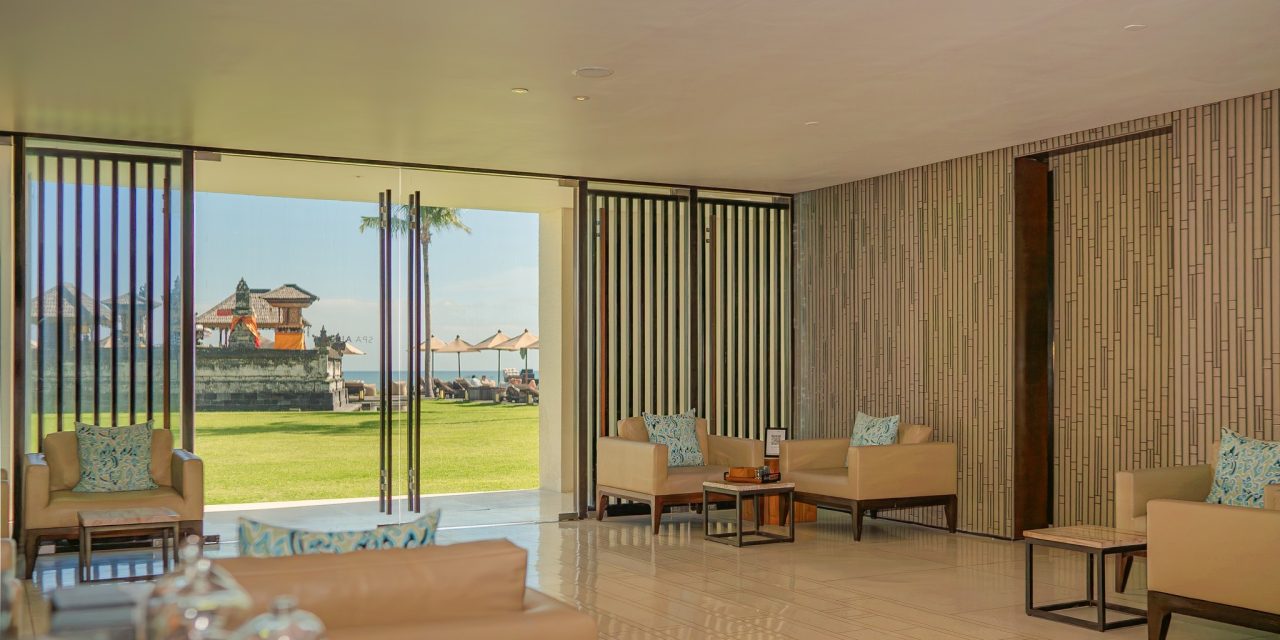When you hear the word dance, what comes to mind? A lively fiesta swirling with colors, a breathtaking ballet, or perhaps the streets alive with the rhythm of hip-hop? If you’re like me, it’s often the vibrant, expressive movements that tell a story. One dance form that beautifully exemplifies this is the Kuta Traditional Dance from Bali, Indonesia. Not only is it a captivating visual spectacle, but its influence has also seeped into various cultures around the globe.
Discovering Kuta Traditional Dance
I remember my first encounter with the Kuta Traditional Dance during a trip to Bali. Surrounded by tropical scenery, I was invited to a traditional ceremony at a local temple. As the sun set, the dancers emerged, adorned in dazzling costumes that seemed to catch the last glimmer of sunlight. The rhythmic blend of bamboo instruments and the sound of the gamelan orchestra created an enchanting atmosphere that transported me to another time.
Kuta Traditional Dance encompasses several dance styles, with elements of storytelling, drama, and spirituality. Each movement conveys emotion and meaning, making it much more than just a performance; it’s a connection to the island’s rich cultural tapestry.
The Elements of Kuta Traditional Dance
At the heart of Kuta Traditional Dance is its emphasis on community, spirituality, and preserving heritage. Dancers usually perform in groups, showcasing intricate footwork, hand gestures (known as *mudras*), and facial expressions that encapsulate various characters and stories. The dances themselves often narrate ancient folk tales, mythologies, or daily life experiences, reminding us of the power of storytelling through movement.
A vivid memory I have was when a dancer portrayed a mythical king. The precise movements of his fingers and the intensity in his gaze spoke volumes, bridging the gap between the past and present. I found myself hanging on every gesture, captivated by the stories being shared without a single word.
The Global Influence of Kuta Traditional Dance
But what makes Kuta Traditional Dance truly fascinating is its global influence. Through international festivals, cultural exchanges, and online platforms, this traditional art form has transcended its geographic roots and found its place in the world stage.
The Balinese Dance Festivals
Every year, Bali hosts festivals that attract dancers and enthusiasts from around the globe. For instance, the Bali Arts Festival is a melting pot of cultures where various art forms—including Kuta Traditional Dance—are showcased. It’s a vibrant celebration that encourages participation and fosters appreciation for the unique artistry that comes from different corners of the world.
Imagine being part of a workshop where you’re learning the traditional footwork with locals and fellow tourists, exchanging laughs and stories, creating connections that extend beyond language and culture. This is how Kuta has woven itself into the fabric of global arts and culture.
Bali Goes Viral
In the digital age, Kuta Traditional Dance has gained traction on social media platforms. Instagram reels and TikTok videos bring snippets of these cultural performances to a global audience, piquing interest not only among dance enthusiasts but also tourists planning their next adventure. I vividly recall scrolling through a feed saturated with Kuta performances, and how this spurred my excitement to visit Bali.
Crossing Borders: Collaborations and Alternatives
Global influence doesn’t just stop with virtual fame. Renowned dance companies have started incorporating Balinese elements into their own routines. For example, I had the opportunity to attend a performance by a contemporary dance troupe that intertwined Kuta elements with modern dance styles. The juxtaposition was fascinating—the elegance of traditional storytelling embraced the freedom of contemporary expression.
Practical Tips for Experiencing Kuta Traditional Dance
If you’re inspired to explore Kuta Traditional Dance, whether in Bali or elsewhere, here are some practical tips:
1. Attend Local Performances: Whenever you’re in Bali, prioritize attending a traditional dance performance. The cultural authenticity you experience is unparalleled.
2. Participate in Workshops: Look for dance workshops that offer Kuta classes. Engaging with local instructors can bring a deeper understanding of the cultural significance behind each move.
3. Engage Online: Platforms like YouTube can be treasure troves for learning dance basics or understanding the meaning behind different traditions. Immerse yourself in the visuals and get inspired.
4. Celebrate Cultural Festivals: Keep an eye out for global festivals celebrating Balinese culture. These events often have workshops, performances, and gatherings that enrich your knowledge and appreciation.
5. Document and Share Your Journey: If you visit Bali and enjoy Kuta Traditional Dance, share your experiences and photos. This storytelling can help further the global appreciation of this magnificent art form.
Closing Thoughts: Dance, Culture, and Connection
Kuta Traditional Dance is more than just an art form; it represents a bridge between then and now, local and global, traditional and modern. Whether you’re just a spectator or someone eager to learn, the dance invites you into a world rich with emotion, history, and cultural significance.My experience immersing myself in this beautiful art form taught me that dance transcends barriers. It beckons us to be part of something bigger, weaving our stories into a global tapestry. So, next time you think of dance, remember Kuta and its mesmerizing global influence, inviting you to explore the magic that happens when culture moves.






